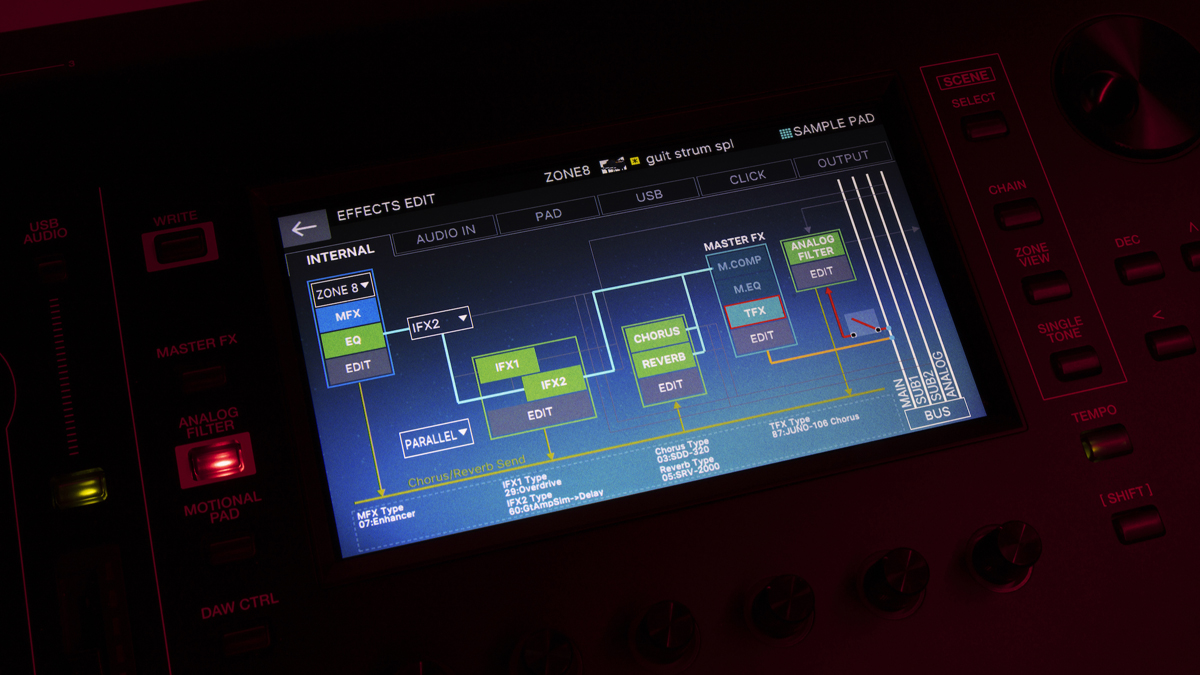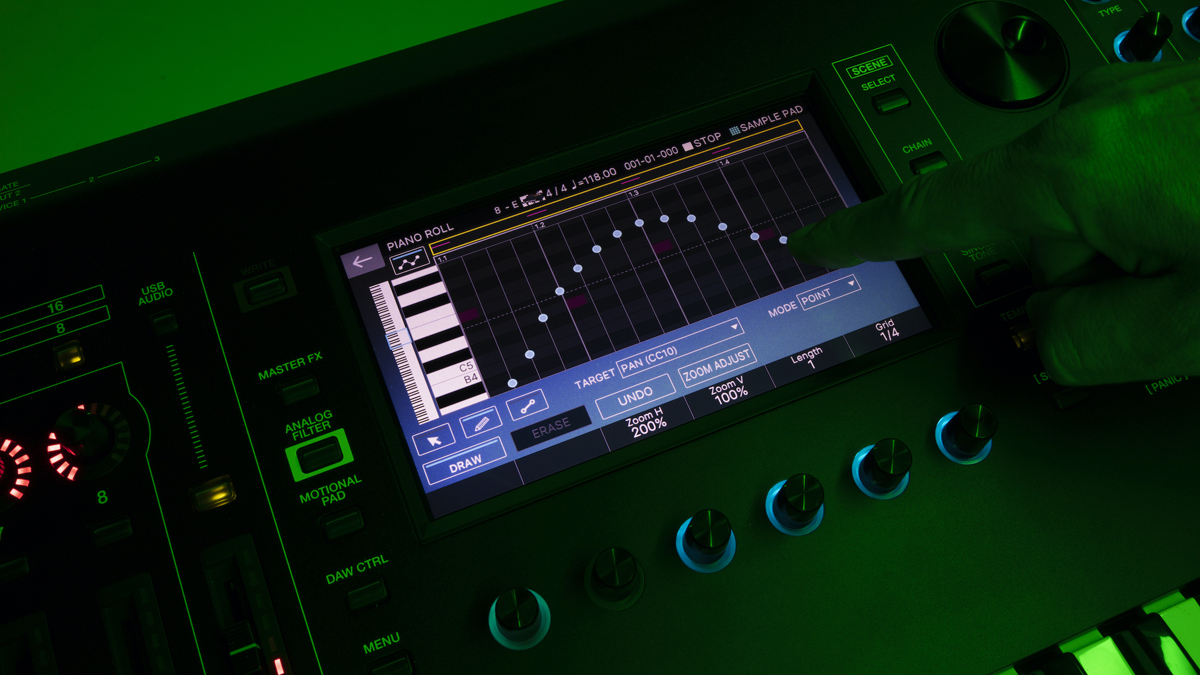Roland’s Fantom 2.0 synth workstation update lets you sample directly to the keyboard
Plus, new effects, sequencing options and performance features
Launched in 2019, Roland’s latest-gen Fantom was a powerful synth workstation right out of the gate, but the promise of future development immediately had us wondering what would come next.
The answer, at least in part, lies in Fantom 2.0, a new software update for the Fantom 6, 7 and 8. Enabled by Roland’s Zen-Core synthesis system, this adds new sampling, sequencing, effects and routing capabilities, also offering new customisation options.
The new sampling features look particularly eye-catching: you can now sample directly to the keyboard and build multisampled sounds, which can then be used as the basis for any oscillator/partial in a Zen-Core tone. You can use up to 352 samples per tone and 16 tones in a Scene, so there’s plenty of scope for sound design here.

Over in Fantom’s master section, meanwhile, you’ll now find a TFX (total effects) processor to complement the existing master compressor and EQ. This offers 90 master output effects, while the new audio routing features include the option to apply effects to audio input sources and sample the results.
Sequencing enhancements include the ability to draw and edit automation using multiple gestures, and there’s a new microscope mode for fine-tuning notes. Performers, meanwhile, will appreciate the new keyboard layer and split options - these apply to both internal and external sounds. You can also transpose each zone independently and save settings with Scenes.

Finally, users can now modify their touchscreen background to taste, which won’t make your music sound any better but might put you in a better creative headspace.
Fantom 2.0 is a free update that can be downloaded now from the Roland website.
Get the MusicRadar Newsletter
Want all the hottest music and gear news, reviews, deals, features and more, direct to your inbox? Sign up here.



I’m the Deputy Editor of MusicRadar, having worked on the site since its launch in 2007. I previously spent eight years working on our sister magazine, Computer Music. I’ve been playing the piano, gigging in bands and failing to finish tracks at home for more than 30 years, 24 of which I’ve also spent writing about music and the ever-changing technology used to make it.









